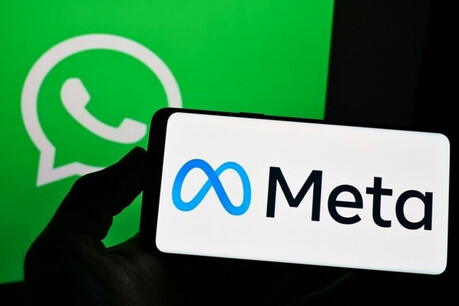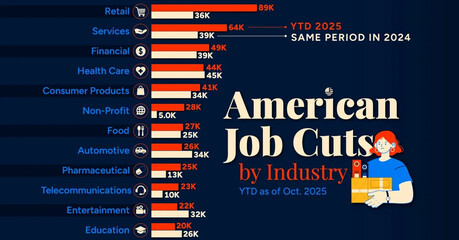
WASHINGTON D.C. – The ripple effects of the Trump administration’s sweeping tariff hikes are now demonstrably impacting U.S. consumer prices, marking a turning point as companies exhaust existing inventories and begin passing on increased import costs to American households.
Data from the U.S. Bureau of Labor Statistics (BLS) confirms a significant upward trend in prices for key imported goods. Over the six months ending in August, the price of audio equipment surged by a substantial 14%, apparel by 8%, and tools, hardware, and parts rose by 5%. Given that these categories heavily rely on imports, the increases are being widely attributed to the recently enacted tariffs.
Mark Matthews, Chief Economist at the National Retail Federation (NRF), noted the shift, stating, “Goods inflation has been near zero for the past two years, but we are now seeing clear signs of an uptick.” This price escalation comes despite the overall inflation rate for August resting at 2.9%, according to a report by the Financial Times (FT). However, with imported goods constituting over 10% of total U.S. consumer spending, analysts forecast intensifying inflationary pressure in the months ahead.
Retailers Hike Prices Across the Board
Evidence of widespread price adjustments is emerging across the retail sector. Market research firm Telsey Advisory Group reports that since April, major retailers have raised prices on 11 of 29 ‘soft line’ products, such as T-shirts and shoes, and 12 of 18 ‘hard line’ items, including bicycles and dishwashers. Price increases were also observed in five of 16 sports equipment categories.
In direct response to the trade policy changes, major companies have announced specific price hikes. Furniture giant Ashley Furniture, for instance, has increased the price of over half its product line by 3.5% to 12% following the President's September 29 announcement of a 25% tariff on upholstered furniture. Auto parts retailer AutoZone has also issued warnings about impending price increases driven by the duties.
Sector-specific tariffs are compounding the burden. Imported Brazilian coffee now faces a 50% import duty, and rising steel tariffs are pushing up the cost of canned goods. Broader policy moves, including the 10% universal tariff implemented earlier in the year, have dramatically raised the average applied U.S. tariff rate. Some estimates place the current average effective tariff rate at its highest level in decades, contributing to an expected short-run increase in core consumer prices.
Consumers to Shoulder a Greater Share
Federal Reserve Chairman Jerome Powell recently acknowledged that the brunt of the tariff costs has so far been absorbed by importers and retailers. He warned, however, that the cost burden is set to shift increasingly onto consumers.
This view is echoed by economists. Nathan Sheets, Global Chief Economist at Citi Group, estimated that consumers have been absorbing 30% to 40% of the tariff burden to date, with companies covering the remaining costs. Sheets projects that the consumer share of the burden will likely expand to 60% in the near term.
The new reality of trade barriers is forcing American consumers to foot the bill, undermining the administration's claim that foreign exporters would primarily bear the costs. As companies fully implement the new tariffs, the cost of daily goods—from clothing and electronics to furniture and auto parts—is expected to climb further, directly impacting household budgets and challenging the current stable inflation environment.
[Copyright (c) Global Economic Times. All Rights Reserved.]




























